1912 Lorraine-Dietrich driven - Brooklands monster gets a taste for the Festival of Speed
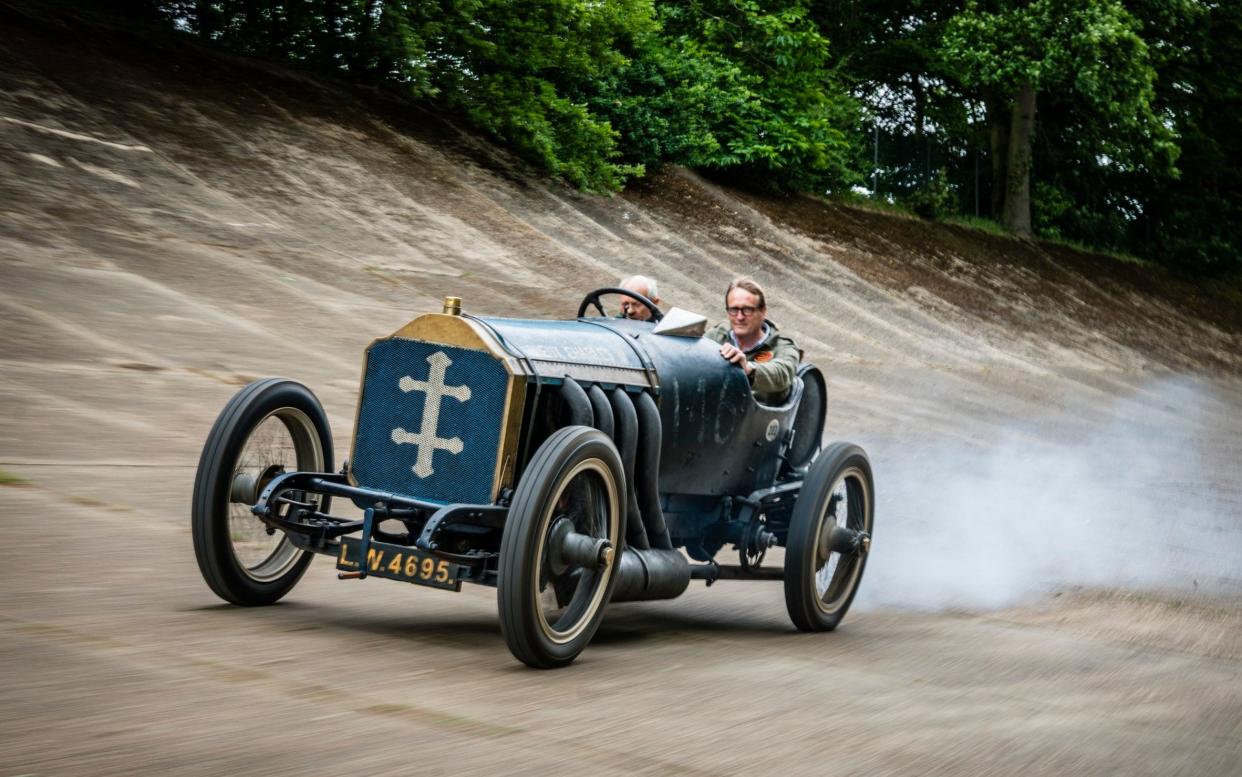
This year’s Goodwood Festival of Speed is celebrating 110 years of Brooklands, the world’s first first purpose-built motor racing circuit, so we snatched a drive in one of the stars of the Goodwood paddock; 105 years old, still making smoke and instilling fear in onlookers and its intrepid pilotes.
Almost exactly 105 years ago, the French Grand Prix was held at Dieppe. It was wet, the roads were unsurfaced and the 58 competitors departed on the 770km (478 miles) route at 5.30am on the first day and at 6am for the same distance on the second day.
Each lap was 76.48km (48 miles), consisting of a triangle formed by Dieppe, Londinières and Eu, along unfenced roads, through railway viaducts and past picnicking families.
Most of the cars entered are referred to nowadays as Edwardians or brass-era cars, although in France the period was called La Belle Époque. Think massive, aero-engined, long-stroke monsters, though the winds of change were blowing through the sport with the introduction of (relatively) smaller, higher-revving engines.

Typical of the old-school brutes, however, were four Lorraine-Dietrich team cars, which can be seen in period photos queued up in sepia-toned mud for scrutineering. With their 15,095cc, four-cylinder engines, each piston was six inches in diameter, the pushrods for the overhead valves were 20 inches long and the two separate cast-iron cylinder blocks with fixed heads weighed 80lb each.
The valve gear clacked away open to the elements and on the offside of the engine, twin Fellows magnetos fired two of the three spark plugs per cylinder, with a massive water pump mounted between them. On the nearside, a Dietrich carburettor fed a copper inlet manifold as tall as a fireman's dry riser.
There's some chatter that this was actually a 150bhp Benz engine, commissioned from the German company and a copy of its 1909 grand prix unit. Evidence is both circumstantial - Lorraine had been situated at Lunéville in Lorraine on the border with Germany and had employed several ex-Benz test drivers - and visual - the engines are virtually identical apart from the badging. Either way, even in 1912, this was a pretty outdated engine, though its power output and 1,400rpm red line would have made it highly suitable for the gruelling Dieppe race.

This car's driver was quite probably one Victor Hémery, a cheeky looking Frenchman, born in Sarthe some 15 miles from Le Mans, a former Darracq test driver and very experienced racer having campaigned Darracqs and Benzs in Europe and America. He was team leader, and in the 48-mile warm-up race he brought his monstrous charge in third behind the eventual grand prix winner, Georges Boillot in the very advanced 8.0-litre DOHC Peugeot.
None of the team cars fared well in the race proper, however; one retired with an engine fire, the other three with cracked cylinder blocks (Bill Boddy, former Motor Sport magazine editor, suggests that Benz might have supplied old-stock units to the works Lorraines). After the race, Hémery bought the old car to Britain to bag three still-extant Brooklands Class ‘A’ speed/endurance records.
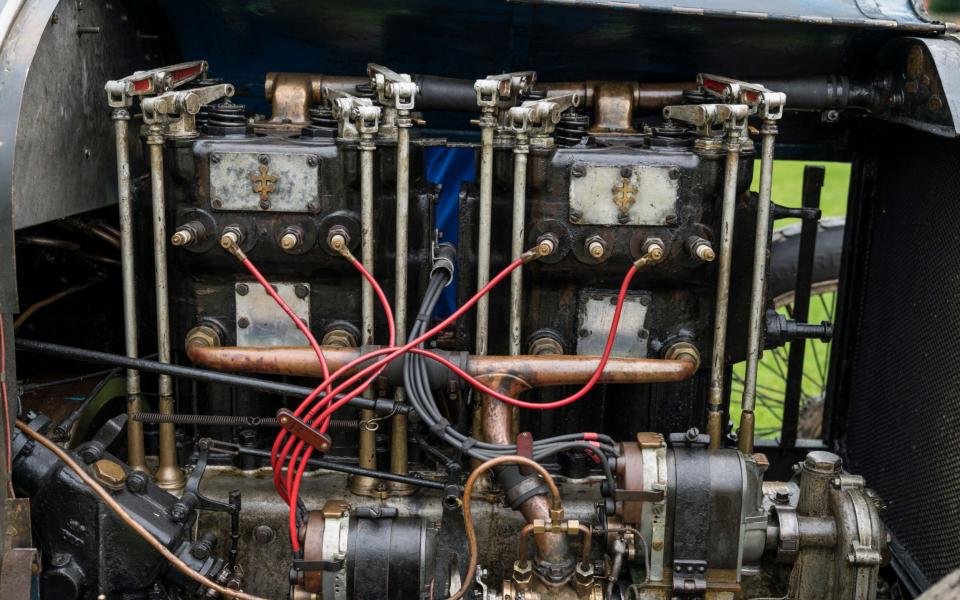
And there it might have ended for the machine as the lamps dimmed all over Europe with the outbreak of the First World War. Might have, but for another racer and speed record-breaker, Malcolm Campbell who, after the hostilities, found, purchased and imported this car, which is almost certainly one of the team cars (but quite which one is tricky to pin down). You need a magnifying glass to study the old pictures and identify wire wheels against wooden artillery items, not to mention a detective's perseverance, a degree of faith and a lot of supposition, but it seems more likely than not that this is the Hémery car.
Campbell called it Bluebird (the first in a distinguished line) and while it was capable of amassing a sideboard's-worth of silverware, the old racer passed from hand to hand. In 1920 it was offered for quick sale with 100mph guaranteed at £500, and before the Second World War it changed hands for just £5. One owner, AR Pole, had it repainted bright scarlet and about this time it was renamed Vieux Charles III, though no one seems to know why.
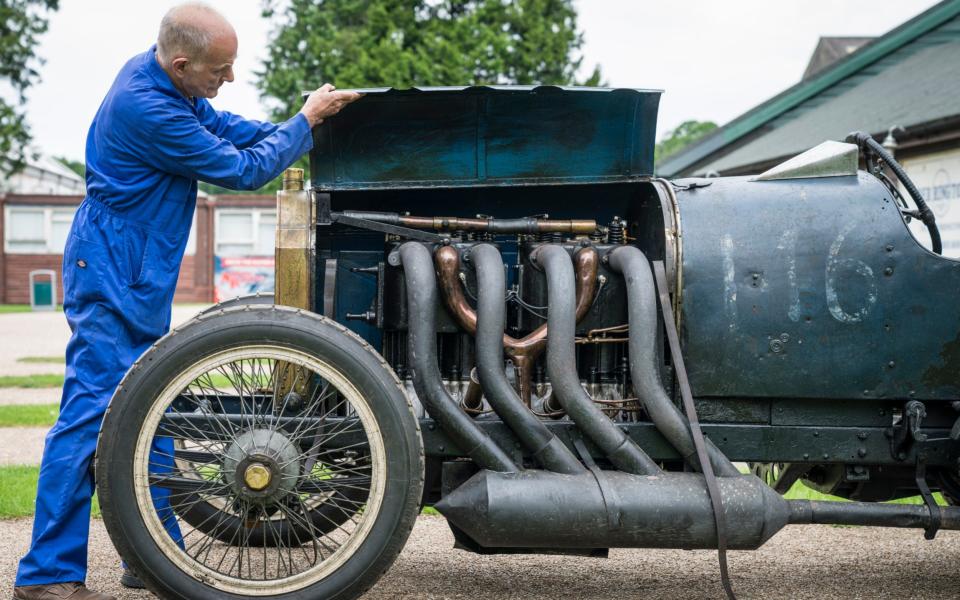
Former Royal Flying Corps pilot Alfred Ellison acquired the car in the Twenties and it was an irregular at Brooklands, dodging handicappers, rain showers - and the timing hut, after a burst tyre caused a lurid spin on the banking.
In 1929 it was purchased by CD Wallbank who drove this extraordinary old GP car non-stop from Birmingham and Brooklands. Its last owner was RG Nash of the Horseless Carriage Corporation's Collection, who comprehensively restored it and entered it in speed events at Crystal Palace and the Lewes Speed Trials. It's still owned by Nash's son Richard and is on permanent loan to the Brooklands Museum in Surrey, which is where we found it at bay.
How much is it worth? That's really difficult. There aren't many genuine Edwardian GP cars, those that there are seldom come up for sale as owners tend to hold on to them. In 2012 the Sam Clutton/George Daniels 1908 Fiat Itala GP car was sold by Bonhams for £1.74 million including premiums; you wouldn't expect the only extant Lorraine-Dietrich GP car which has been in the same family since 1934 to be worth any less, so let's settle at £2 million - no one is going to be able to dispute it.
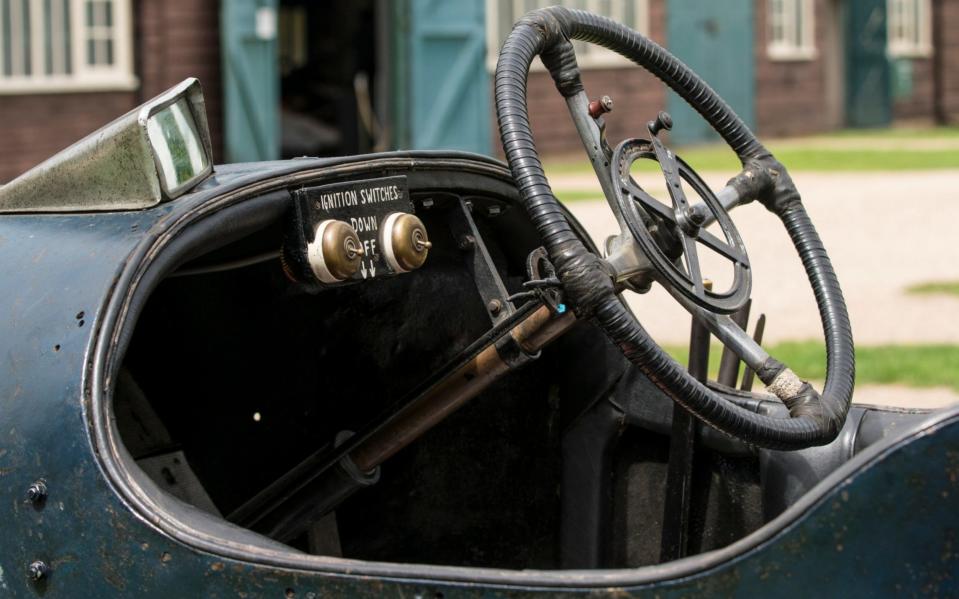
The cockpit is like a bath tub; a battered old bath, chipped, repainted and repaired over the years. The string binding to the enormous steering wheel, the scuffing on the seats, the palm-shaped wear on the handbrake, show years of respectful use.
There's nothing sweet and avuncular about the Lorraine-Dietrich. It's always been a racing car, with scant regard to comfort or ease of use. Sharp edges, hot surfaces, scalding liquids, it's like one big piece of unfenced machinery; even eager spectators take a step back.
The controls are minimal: outside handbrake, inside four-speed gearlever, a forced greaser for the water pump and a sight gauge for the castor oil-based engine lubricant.

Clamber in using the chain guard as a step and you sit high with the wheel in your lap, legs either side of the column with your right foot dodging either side to access the centre throttle and fairly useless right-hand transmission brake, while your left foot presses the clutch pedal.
It hadn't run for six months after comprehensive water pump titivation, so we towed it to the Brooklands banking and pushed it down the slope while Colin Shaw, one of the Brooklands Museum’s experienced engineering volunteers, tried bump starting it. Nothing doing. We did it again until the pushers were exhausted.
"It's nearly starting," said one, but it wasn't. Shaw and Nash looked guiltily at each other and dived under the bonnet. Something had been left off and on our next attempt there was a mellifluous pop and the old car burbled into a madly syncopated idle, jumping around on its half-elliptic springs and making splendid amounts of pungent smoke.

All or nothing might best describe the throttle and clutch action and, once moving, the old warhorse surges forward eagerly; it feels like riding an enraged elephant. On narrow, 34 x 4½-inch tyres, the steering is lighter than you'd expect and the worm-and-peg system is direct to the point of dartiness. There's a horrific shake at about 20mph ("You have to drive through it," said Shaw) and we rapidly reach the end of the Members' banking along which cars once bucked and weaved along at more than 130mph.
At the Goodwood Festival of Speed it will be joined by several other Brooklands cars, including John Cobb's amazing Napier Railton, to celebrate 110 years of the world's first purpose-built racing circuit.
Up the hill at Goodwood the Lorraine-Dietrich will get to more than 70mph in third gear; not much, you might think, but the red line at 1,400rpm equates to about 110mph. And however tame it might look from behind the straw bales, at speed the Lorraine-Dietrich has a reputation for being a bit tail-happy, so I'll vouchsafe its pilot will be a lot closer to the limit than the drivers of much more modern machinery.
Go along and pat its battered flanks, but be careful; it might be a survivor, but it still packs a fearsome bite.
THE FACTS
1912 Lorraine-Dietrich "Vieux Charles III"
TESTED 15,095cc, four-cylinder overhead-valve petrol engine, four-speed manual gearbox, rear-wheel drive
PRICE £2 million (estimated)
POWER 150bhp at 1,400rpm
TOP SPEED timed at 104.3mph at Brooklands in 1923
ACCELERATION n/a
FUEL ECONOMY 2.5 gallons per mile (including spills and starting)
CO2 EMISSIONS heroic amounts of smoke
VERDICT What an extraordinary thing, a 105-year-old Grand Prix racing car in unmucked-around condition. Never mind the chips and scratches or the smoke, this is near as you get to what it must have been like to be an F1 driver a century ago; what brave men they were.
TELEGRAPH RATING Five stars out of five
For tips and advice, visit our Advice section, or sign up to our newsletter here
More classic car stories
What's it like to race a multi-million pound Ferrari at Goodwood?
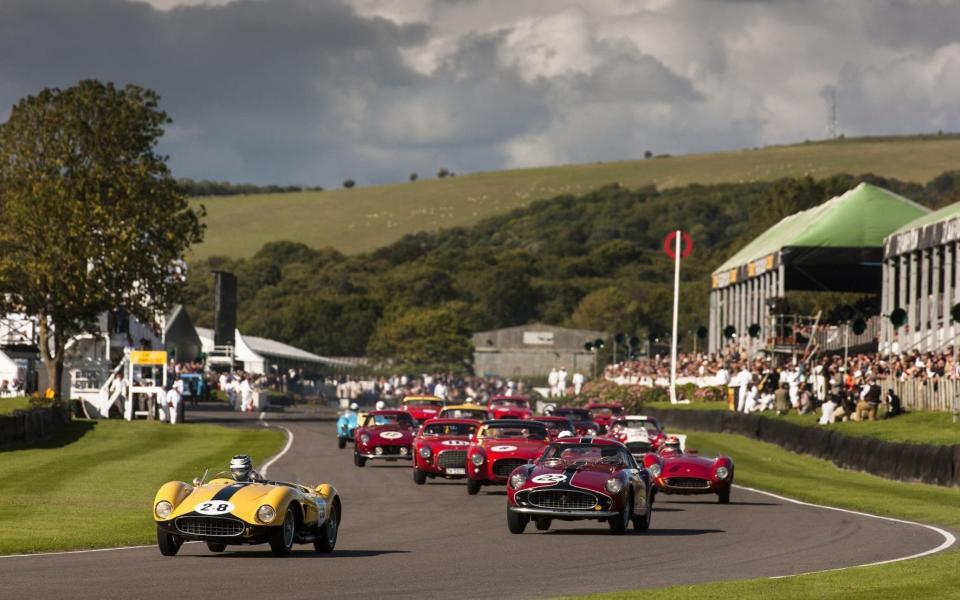
Jaguar E-type Reborn: factory restored E-types from £285,000
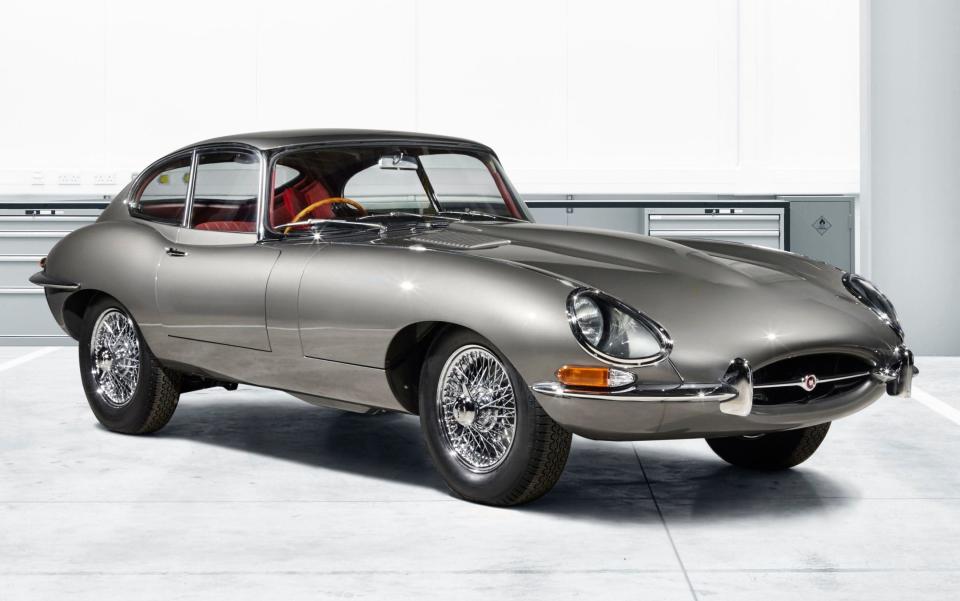
Jaguar XJ220: 'forgotten' supercar celebrated

Festival of the Unexceptional: a celebration of everyday cars 1966-1989
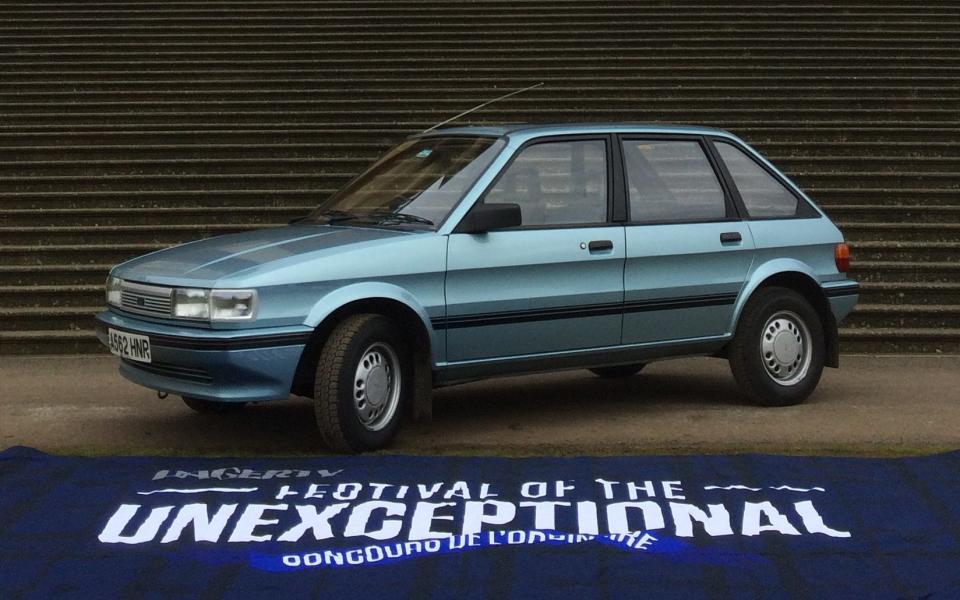
Time capsule Range Rover from the Seventies: yours for £135,000
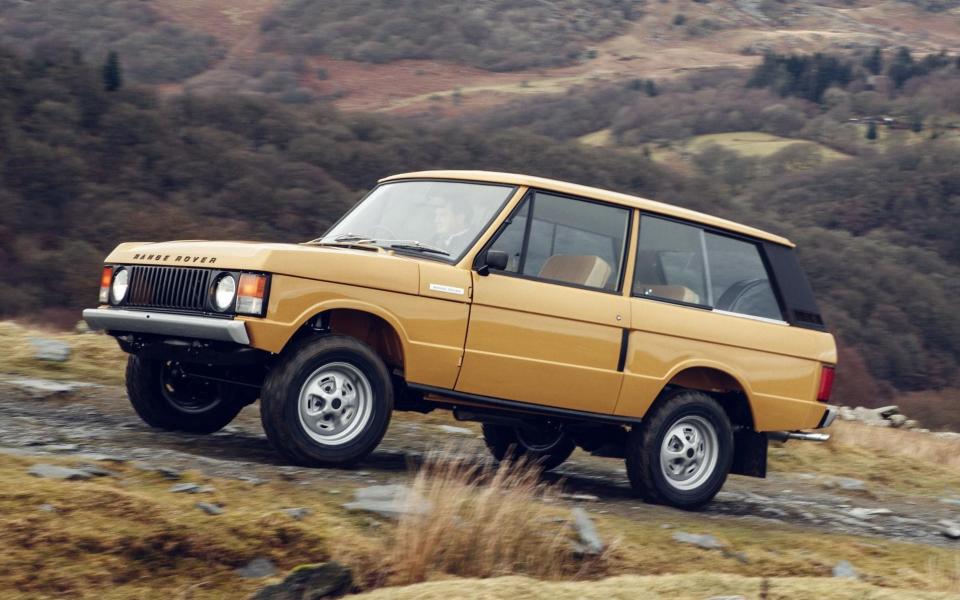
Inside the world's largest classic car restoration facility
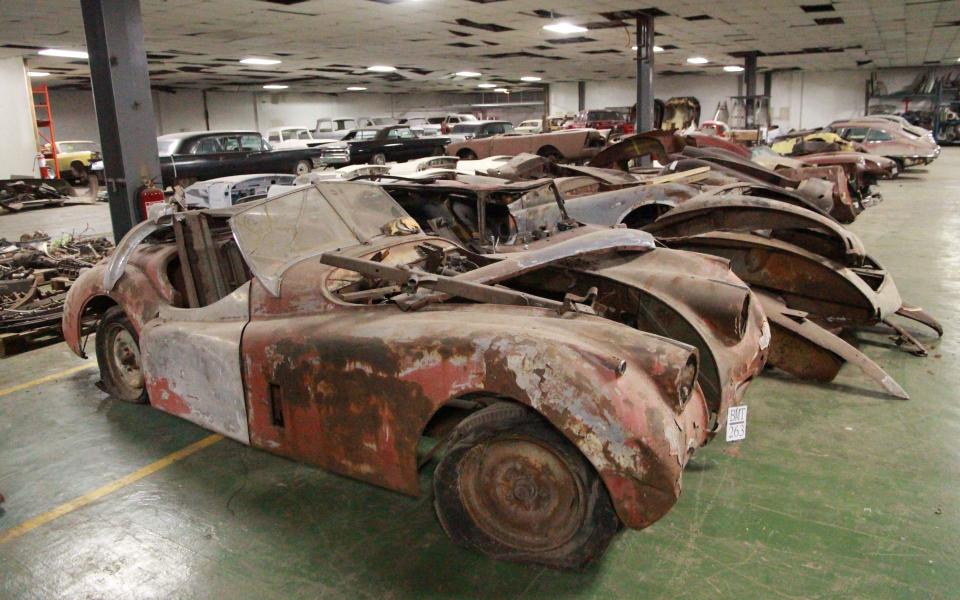

 Yahoo News
Yahoo News 
